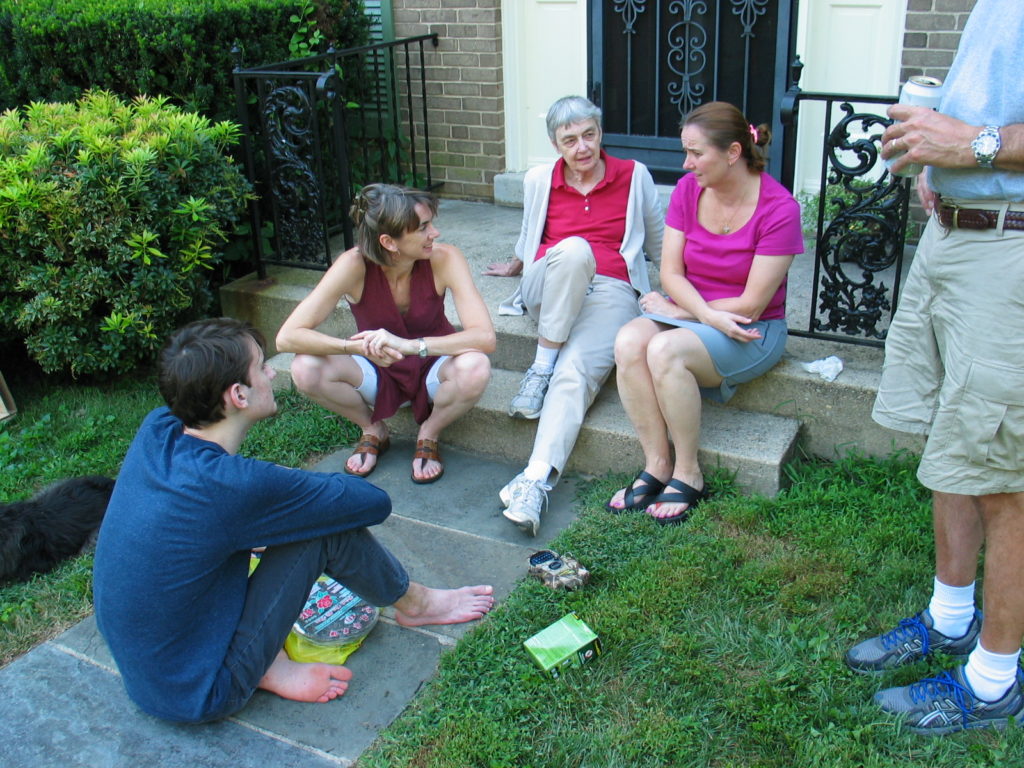Richmond Times-Dispatch Ranks Long & Foster High Among 65 Companies Surveyed
Here is the link for the article on the L&F Newsroom.
http://newsroom.longandfoster.com/news/long-foster-wins-ethics-top-workplace-awards-richmond-region/
Long & Foster Real Estate, the nation’s No. 1 independent residential real estate brand, has once again been honored by the Richmond Times-Dispatch as one of the 2018 Top Workplaces in the Richmond region. The company earned the No. 1 ranking overall for Ethics, as well as the No. 3 ranking among large companies on the newspaper’s Top Workplaces list.
The Top Workplaces lists are based solely on the results of employee feedback gathered through a third-party survey, which is administered by research partner Energage, a leading provider of technology-based employee engagement tools. Several aspects of workplace culture are measured in the anonymous survey, including alignment, execution and connection. The survey was conducted from December 4 to December 18, 2017.
The Times-Dispatch recognized 65 companies in four categories, ranging by the organization’s size. The Richmond region of Long & Foster earned honors in the Top Workplaces large companies category, which recognizes businesses with 400 to 999 employees, and it won top place for Ethics among all of the participating companies.
The awards ceremony was held at the Altria Theatre in Richmond. Honored guests at the Long & Foster table included the company’s Richmond area employees who were nominated earlier this year for the organization’s own Foster Family Awards, which recognize employees for excellence in real estate. Those employees in attendance included Danielle Venturo, branch services coordinator in the Grove office, Lisha Doss, branch services coordinator in the Tuckahoe office, and Debbie Shobe, executive assistant in the Richmond regional office.
“It’s a high honor for our region to be the top winner overall for ethics, as well as the recipient of the Top Workplace award,†said Brian Haug, senior vice president and regional manager of Long & Foster in Richmond. “This award is a true testament to our agents and employees who work hard every day to provide our clients with the best possible experience – just as Long & Foster has done for the last 50 years.â€
“The Ethics award says it all. Our company is based on trust, family and excellence and we all pride ourselves in having strong values and ethics. To be recognized for this prestigious award is just awesome,†said Dawn Bradley.
This is not the first time Long & Foster has been named one of Richmond’s top firms—the real estate brokerage was honored as a Top Workplace in 2015 and 2016. The company also has been recognized as one of the Top Workplaces in other areas in which it operates, including Delaware.
“The Top Workplaces award is not a popularity contest. And oftentimes, people assume it’s all about fancy perks and benefits.†says Doug Claffey, CEO of WorkplaceDynamics. “But to be a Top Workplace, organizations must meet our strict standards for organizational health. And who better to ask about work life than the people who live the culture every day—the employees.â€
“We are honored to have once again been recognized not only as a Top Workplace, but also for the receiving the highest honor for ethics overall in Richmond,†said Gary Scott, president of Long & Foster Real Estate. “Receiving awards such as these are quite an honor and helps validate our efforts and dedication to all our agents, employees and clients throughout the region. It’s these efforts that enable us to remain the top real estate company in Richmond and in the Mid-Atlantic.â€
For more information, visit www.LongandFoster.com





